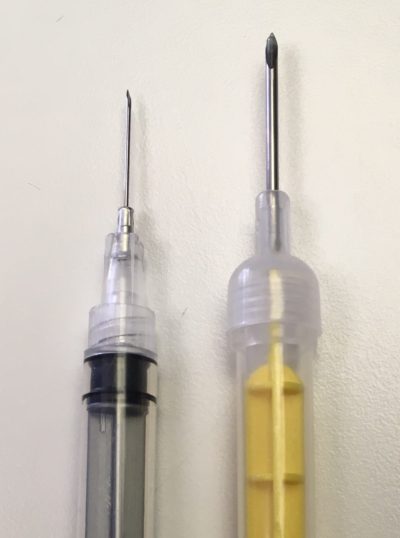With the beginning of a new year, we all seem to find things we would like to change or improve upon in 2017. I have often wondered if our pets could make New Year’s Resolutions ……what would they be?
Of course, just like their human family members, I am sure a healthier lifestyle would be one of the top three. Now what would that mean for our pets. I would say changing their diet to be more digestible and nutritionally balanced product would be a top priority. No different than our children, if it were left up to our pets, they would encourage us to look at what tastes great and pleases their palates. Not even considering the number of calories or the amount of fat in each product. We recognize that higher calories usually means better taste. They would possibly choose canned formulas over dry diets. They would look for the treats that taste great and have no nutritional value. Sounds familiar doesn’t it? Of course they would love to have more exercise since that would allow them more time with the people they love and adore. That exercise could come with a brisk walk every morning or wrestling at the end of the day. In their minds it all would be great because they get to be with their people!
They would probably strive to get along with others. Again that seems to be a common thought amongst their 2 legged friends. Relationships are key in all circles of life. Our pets have stress and anxieties about meeting new animals as well as new people sometimes. Wouldn’t it be great if we could change those dynamics with a snap of a finger even in our own lives? Find ways to express ourselves without offense to others. Be more honest and open with people without fearing that this would affect the relationship. Pets use body language when interacting with other animals and these social clues are universal in the their world. If the ears are pinned back and the hair is raised, there is no mistaking what this pets body language is saying to the other in the area. Do not approach. Stay back. I am not your friend. Being able to read each other that quickly could sure save some heartache and frustration in our world as well.
Enjoying life to it fullest certainly would be a priority. What else do pets have to do each day but love their life? I have often said that if reincarnation was something I believed in, I would want to return as a house cat. What a life they have. They never have to go out in the cold weather. Lounging around basking in the sun pouring through the South windows. Unlimited food set out daily and even someone to clean their box. What a life it would be. For our dogs it is so easy for them to find joy from our rising every morning to our return at the end of the day. Barking at the cars that pass by our home to lounging on the couch waiting for that moment when you walk back into their home. Yes, I mean their home. It is their territory and they decide often who is welcome and who is not. I cannot tell you the number of times a client has remarked that their pet(s) do rule the roost. “I get growled at for trying to come to bed.” “My dog doesn’t let me sit in my favorite chair.” “My cat only allows me to sit on the sofa.” “My pets tell me when it is time to eat.” Of course I know that with these comments, this pet is lucky to have a forever home and will never be without a large dose of love and attention.
So as you look forward to 2017 and hoping it will be a better year than 2016 in some way we all need to remember that each day is a gift to be appreciated. We look back at 2016 and see some things that maybe we should have done differently but with a new year ahead anything is possible. Strive to make your pets New Year’s Resolutions come true and I am sure with each new day there will be plenty of joy and love to go around.







